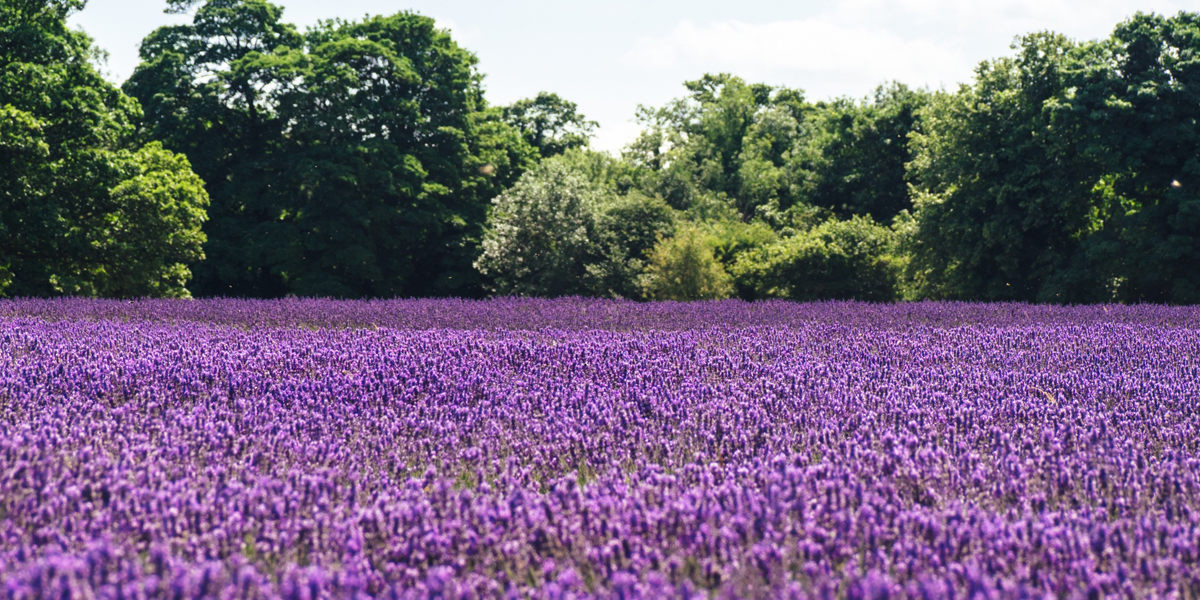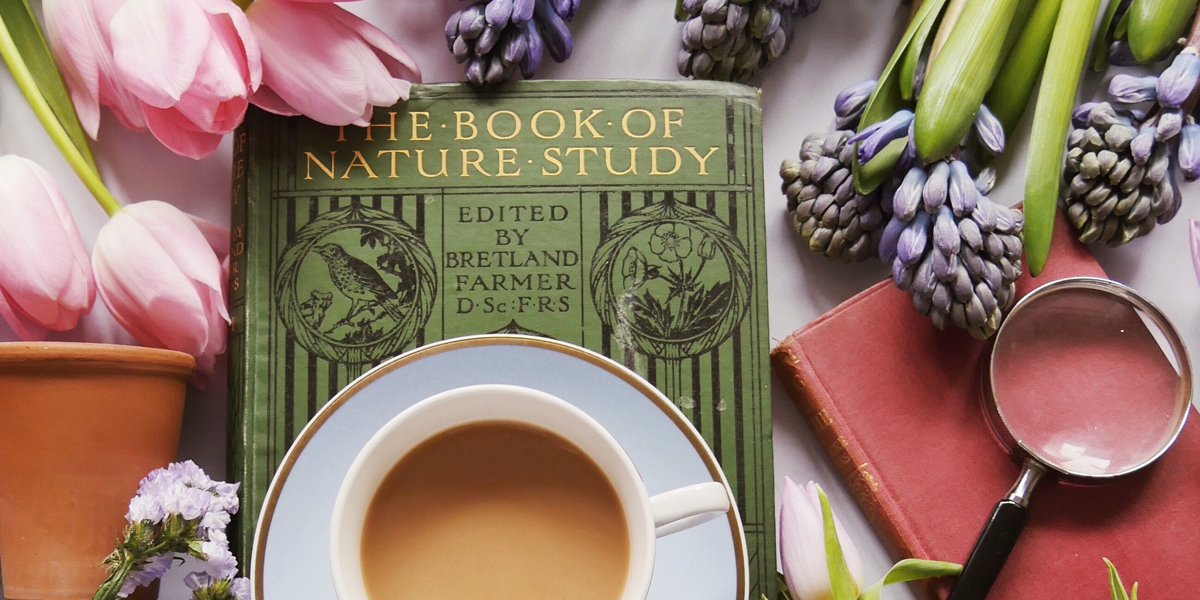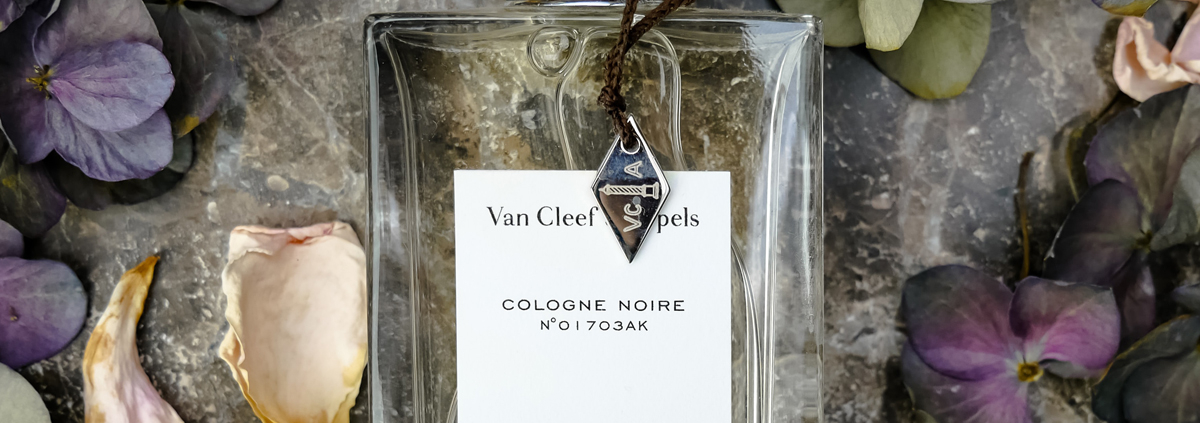Spellbound by Fragrance
We associate fragrance with moments in time – our first kiss, weddings, the birth of our first child, churches and funerals, long balmy summer holidays and cold winter retreats. Our smell is our first sense to develop, unborn babies can smell whilst still in the womb. Fragrance evokes specific memories and emotions far more than any of our other senses. Research has found that people can remember smells with 65% accuracy after a year, versus visual recall, which is only 50% after a quarter of the time.
Like taste – which can be classified into five main categories – sweet, sour, salty, bitter and umami – scent can be classified into seven – musky, putrid, pungent, camphoraceous (think mothballs, not pleasant!), ethereal, floral, and minty. All scents are made up of a mixture of these seven ingredients.
Fragrance oils are derived from many different sources in nature – the bark of a tree, to roots, fruits, leaves and flowers. One of the most highly regarded scents is that of rose, which varies in quality. Who would have thought that to create 1kg of rose oil, you would need to use over four tonnes of roses? Several plants like sandalwood and agarwood, have been subject to over-farming and the industry has been known to use animal-derived ingredients from musk deer to civet cats, whales, and beavers, although a number of these have also been replaced by synthetics. Many synthetics contain VOC’s (volatile organic compounds) which when sprayed can be damaging to the environment when they react with sunlight and other chemicals in the atmosphere. Based on a 2018 study done by the National Oceanic and Atmospheric Administration, VOC’s emitted from products like perfumes can contribute to as much pollution as petroleum emissions by cars. Who would have thought?!
‘A perfume is more than an extract,
it is a presence in abstraction. A perfume, for me, is a mystique!’
Giorgio Armani
Our sense of smell is highly developed, scientist have determined that we can identify at least one trillion different smells, with women known to have a more developed sense of smell than men. We can also smell feelings – from fear, to happiness, with our smell signals existing in our sweat, which helps others to empathise with how we are feeling. The only time we tend not to use our sense of smell is when we are sleeping.

It’s an Illusion
The word perfume is derived from the Latin word ‘per fumus’ which is used to describe ‘through smoke’ – an interesting thought. Perfume was refined by the Romans, Persians, and Arabs, and in East Asia where much of it was incense based. The first modern perfume was made of scented oils blended in an alcohol solution, and commissioned by Queen Elizabeth of Hungary in 1370, and known as ‘Hungary Water’.
Fragrance brands are particularly good at storytelling. Luxury brands have made heritage fragrances iconic through blending distinctive ingredients, packaging them in beautiful bottles, and launching them with showstopping campaigns. Chanel No.5 celebrated their centurion, with experiential theme parks set up in Selfridges, to immerse shoppers in a factory-type setting that included workstations and demonstrations. Harking back to its original black and white packaging, with the introduction of new product lines, the pop-up promises to blend the old with the new, introducing everyday luxury. Creating fragrances that we can afford to buy into, luxury brands allow us to step into their world, one of aspiration, where we can fantasise and dream, creating an illusion to a world many of us are would not normally have access to.
Burberry launched Burberry Hero, created to express ‘animality’ and ‘true humanity,’ with notes of bergamot, infused with juniper and black pepper, with a heart of cedarwoods, sourced from Virginia, the Atlas Mountains, and the Himalayas. The bottle is inspired by the shape of a horse’s hoof. The description is so evocative it transports you around the world, you can visualise the man behind the fragrance, it sounds like the opening of an epic film, and you can almost smell the fragrance before you have even tested it.

Upcycled Fragrances
Like every other beauty category, fragrance has also experienced some significant changes during the pandemic, one of the most noticeable changes is how fragrance has been led by a focus on health and wellness. The boundaries between beauty, wellness, health, and fitness have merged, creating a multidimensional sector that streamlines our body, our mind and soul, with fragrance sitting comfortably within this through the introduction of aromatherapy.
Aromatherapy uses essential oils distilled from plants, for therapeutic purposes. Aromatherapy works by activating smell receptors in our nose, sending messages through to the nervous system in our brain enhancing our mood and wellbeing. Lavender, vanilla or Ylang Ylang can help us to relax when we are stressed, peppermint or citrus can perk us up when we are feeling tired.
Conscious consumerism is another trend coming out of the pandemic, where we are far more conscious of the impact of our purchasing decisions on the health of the environment. Sustainability is a hot topic, with brands reducing their carbon footprint and the amount of waste and pollution they produce, introducing more innovative and environmentally friendly solutions. The fragrance category is no different and has seen the introduction of a new concept referred to as upcycled fragrances.
Upcycled fragrances utilise products that would otherwise be discarded – like wasted coffee granules, leftover cardamom pods, sawdust, and old rose petals – to include as ingredients in products. One of the first luxury fragrances to be introduced based on upcycling ingredients is Etat Libre d’Orange’s I AM TRASH which has been made from rose absolute, cedarwood atlas and fruits. Described as a fruity, floral, and woody fragrance, a collaboration between Daniela Andrier, the ‘nose’ of the fragrance and Givaudan, one of the world’s largest flavour and fragrance manufacturers, it has since become one of the bestselling products in the company’s history.
Smaller indie fragrance brands are following suit – like Ellis Brooklyn who launched Salt Eau de Parfum created from leftover cardamom pods, chips, and sawdust for cedarwood from a furniture company, and tree stumps to create their fragrance. Apparently, this smells like ‘sea-licked skin ‘. Atelier Perfumes uses cedarwood and cypress bioabsolutes, extracted from woods that have already been distilled for its essential oil, as well as sugi wood essential oil which is distilled from the dead stumps and roots of the Japanese sugi tree.
Strange to think that something that smells beautiful, is created out of leftover waste, perhaps this is a nod to the illusion created by fragrances, with upcycled ingredients said to create a more complex scent. This is another step in the right direction to creating a greener beauty regime, provided fragrance brands are not using this to present their brand as sustainable, when they are not following through across the rest of their product footprint. Anyone interested in smelling like ‘I am Trash’?
If you would like to develop a bath and body, or fragrance brand and are looking for support and expertise, get in touch –janet@janetmilnerwalker.com




